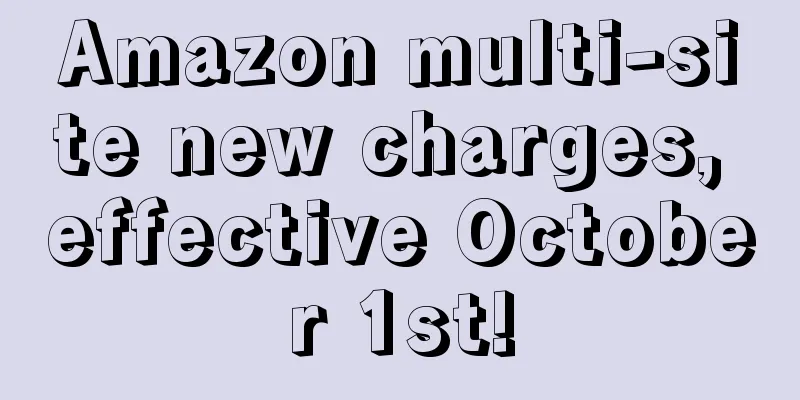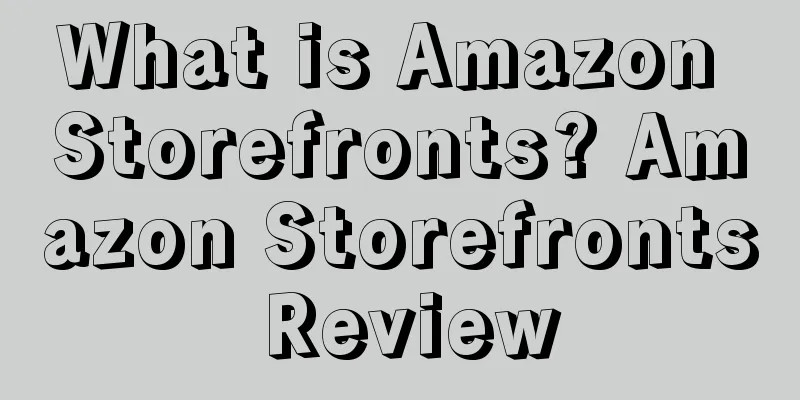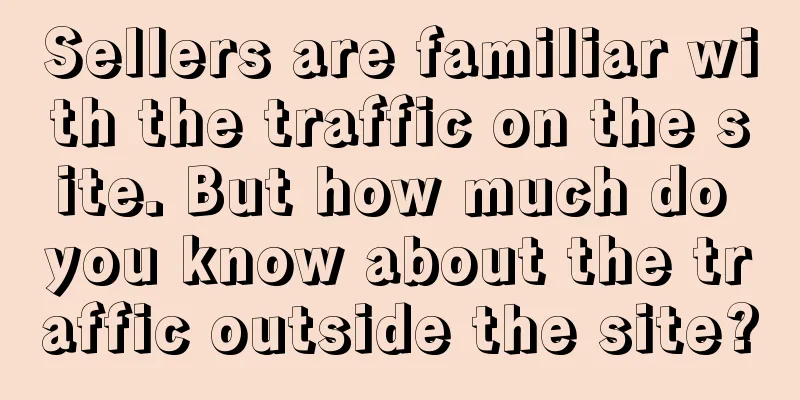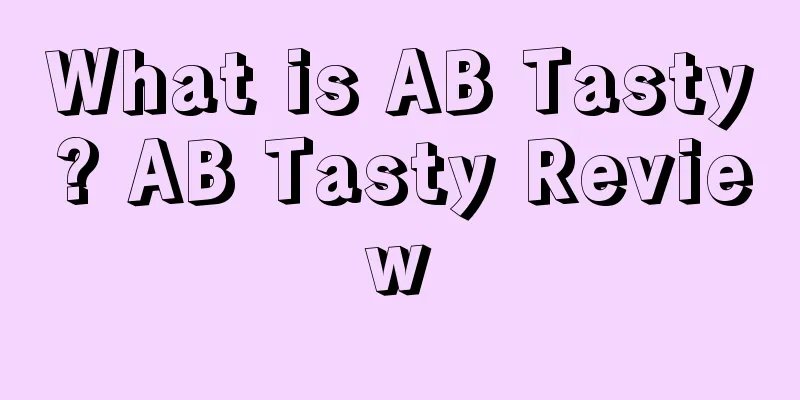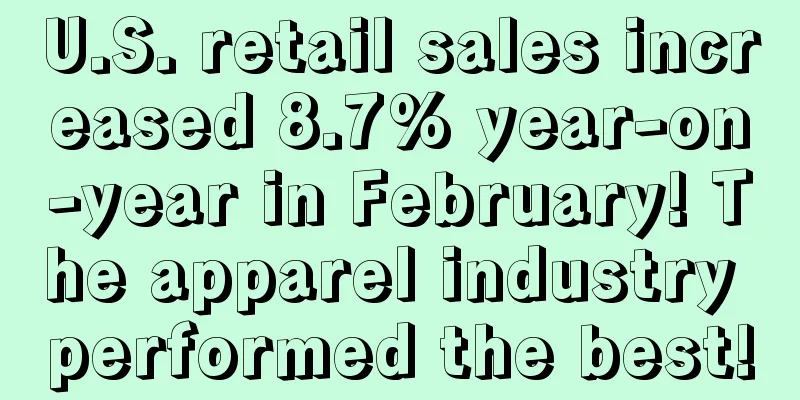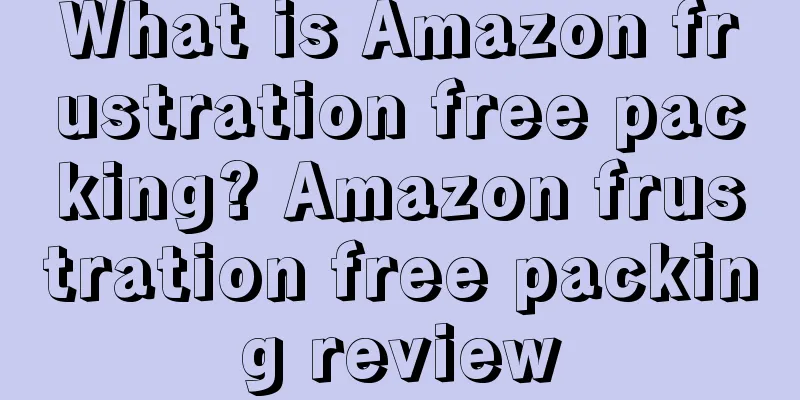Amazon buyers can check the lowest prices in history!
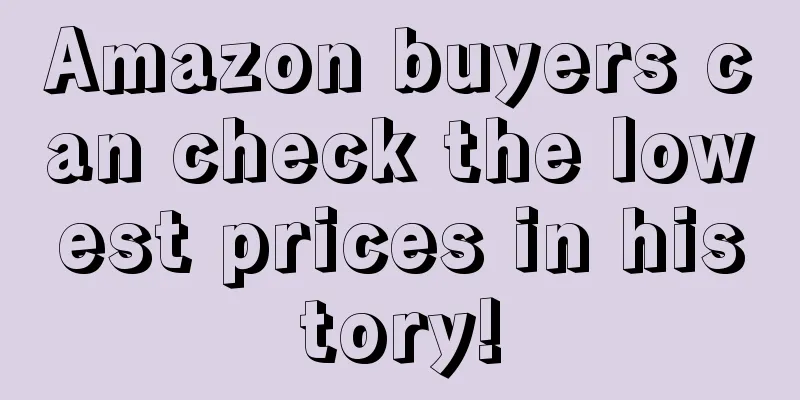
|
Recently, Amazon announced that its Rufus AI shopping assistant has launched a price history query function, allowing some consumers to view the historical lowest prices of products. — 1 —Amazon's new product price history checkNow, when consumers search on Amazon, they can not only see the star ratings of buyers' reviews of products, but also directly see the seller's ratings. Moreover, by clicking Rufus on the Amazon app and then using "price history", a line graph can be shown to buyers, allowing them to intuitively see the price trend of the product over the past 30 days. In addition , buyers can also know whether the price of items in the shopping cart has dropped or increased . A large number of sellers are going crazy: “ Amazon is forcing us sellers to roll back our own rules .” “Amazon is even more ruthless than Taobao, which doesn’t even list historical prices online !” In this way, when buyers see that the price is not favorable or is too different from the historical price, they will generally buy from other stores or buy on another day. This new function will obviously make product prices more intuitive and transparent. — 2 —Introducing the “Not Competitively Priced” LabelIn addition, Amazon has also launched a new label "Not competively priced", which directly tells buyers that the price of this product is too high. If a product is labeled as "not priced competitively " , it is obvious that buyers will not continue to pay for this product. Isn't this label clearly forcing sellers to engage in price wars? — 3 —Launched a large-scale product price reduction columnThe "Shop deals on related items" section, which was previously tested , now seems to be launched on a larger scale . In the middle of the product details page, consumers can see various products in the same category that are on sale. Visually, consumers will feel that the entire screen is full of price cuts. If the product they are browsing does not have a price advantage, they may be attracted by this column and jump directly to the products on sale. If the "uncompetitive pricing" label encourages sellers to lower prices proactively, the "Shop deals on related items" column will encourage more sellers to pay for deals to achieve price reductions. Either method is better for consumers and for Amazon, but it’s really hard to describe for sellers! |
<<: Amazon Black Friday website announced at once, ready for explosive sales
>>: Use it right and it will take off! New rules for Amazon listings
Recommend
Amazon's lost rankings are back in the Black Friday promotion at the end of the year! (with methods)
Recently, the Amazon seller community has been in ...
What will the North American e-commerce market look like in 2023? Data on the top 1000 retailers released
It is learned that recently, DigitalCommerce360 re...
What is Patreon? Patreon Review
Patreon was founded in 2013 by Jack Conte and Sam ...
Breaking news! A large number of Amazon sellers have been scanned by brand associations!
During peak seasons, Amazon seems to review accoun...
What is Hugo Observer? Hugo Observer Review
Hugo.com Observers can provide exclusive news, ind...
What is AQdata? AQdata Review
AQdata is an easy-to-use and convenient management...
Biden signs bill banning imports from Xinjiang, China
It is learned that according to Reuters, US Presid...
Listing Optimization 12- A+ Page
<span data-shimo-docs="[[20,"一、什么是A+页面&quo...
What is U.S. Customs and Border Protection? U.S. Customs and Border Protection Review
The U.S. Customs and Border Protection (CBP) is a ...
What is Health Optimizer? Health Optimizer Review
Chongqing Health Optimization E-commerce Co., Ltd....
What is Worldpay? Worldpay Review
Worldpay is a leading global payment service provi...
More than 13,500 Chinese products were seized by US Customs! The total value exceeds 30 million US dollars!
<span data-shimo-docs="[[20,"获悉,据外媒报道,近日美国...
E-commerce operations are undergoing large-scale layoffs, and a new era for Amazon is coming!
After experiencing the wave of account bans last y...
What is the Amazon 2.14 incident? Review of the Amazon 2.14 incident
The Amazon 2.14 incident refers to the fact that A...
What is iWriter? iWriter Review
iWriter is a specialized content writing outsourci...
